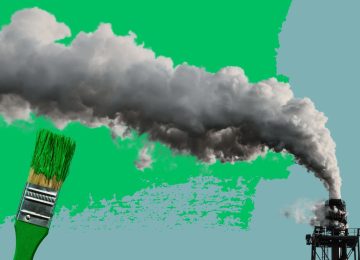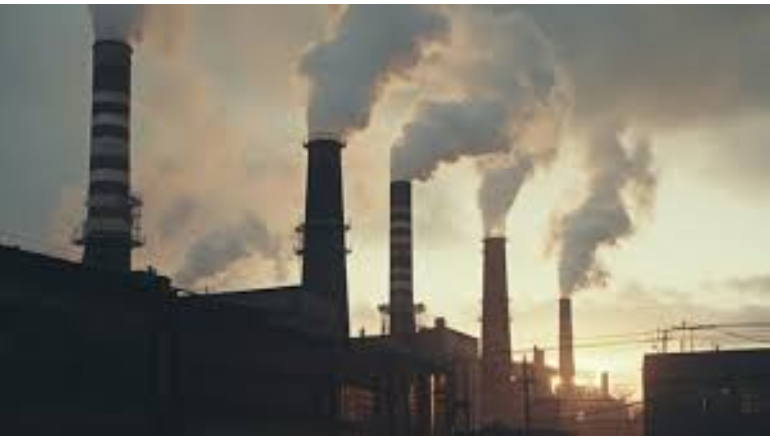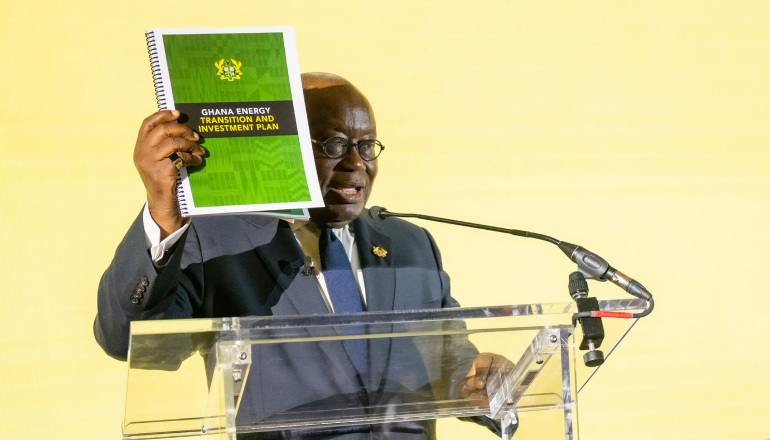According to a Third National Communication (TNC) report, India’s greenhouse emissions, emitted for every unit increase of gross domestic product (GDP) – fell by 33% from 2005 to 2019.
The rise in RE generation and increase in forest cover will enable India to reduce emissions intensity by 45% from the 2005 level by 2030—the country’s commitment to the United Nations Convention on Climate Change (UNFCCC).
“The entire world is grappling with climate change. India has shown the way to combat it,” Prime Minister Narendra Modi said in his address to the nation from the Red Fort on the 77th Independence Day.
SDGs addressed:
- 13 Climate Action
- 13.2 Integrate climate change into national policies, planning
- 13.b Build capacity for climate change planning, management
The target:
India has set a target to reduce:
The carbon intensity of its economy by at least 45 percent by 2030
Reduce the total projected carbon emissions by one billion metric tons through 2030
Achieve the target of net zero by 2070.
The task:
India must eliminate coal by 2040 and reduce emissions by 2030 to meet 1.5°C temperature limit; 2023-24 budget includes clean energy projects.
The National Action Plan on Climate Change (NAPCC), which includes missions in particular areas of solar energy, energy efficiency, water, sustainable agriculture, Himalayan ecosystem, sustainable habitat, green India, and strategic knowledge for climate change
The initiatives:
The National Adaptation Fund for Climate Change (NAFCC): To support adaptation efforts in States and Union Territories, with 30 projects approved in 27 states and UTs.
ISA: To promote solar energy utilisation and facilitate cooperation among solar-rich countries.
CDRI: To enhance infrastructure resilience in natural and man-made disasters by collaborating governments, organizations, and experts on strategies, policies, and technologies.
Leadership Group for Industry Transition (LeadIT): For voluntary low carbon transition of sectors that are difficult to reduce carbon emission
The International Big Cat Alliance: To protect and conserve seven major big cats – tiger, lion, leopard, snow leopard, puma, jaguar and cheetah globally.
New initiatives under CDRI and ISA, such as Infrastructure for Resilient Island States (IRIS) and Green Grids Initiative—One Sun One World One Grid (GGI-OSOWOG), were also introduced at COP26 in Glasgow in November 2021.
Conclusion:
India has been successful in adopting renewable energy. At present, it has a 160GW of RE capacity in its energy mix which is 40% of the total installed capacity. The country to reach the nether capacity is aggressive in RE capacity addition. The target is to achieve 500GW from RE by 2030. Going by the reduction scene in emissions, the RE capacity will help further lower the country’s emissions!










